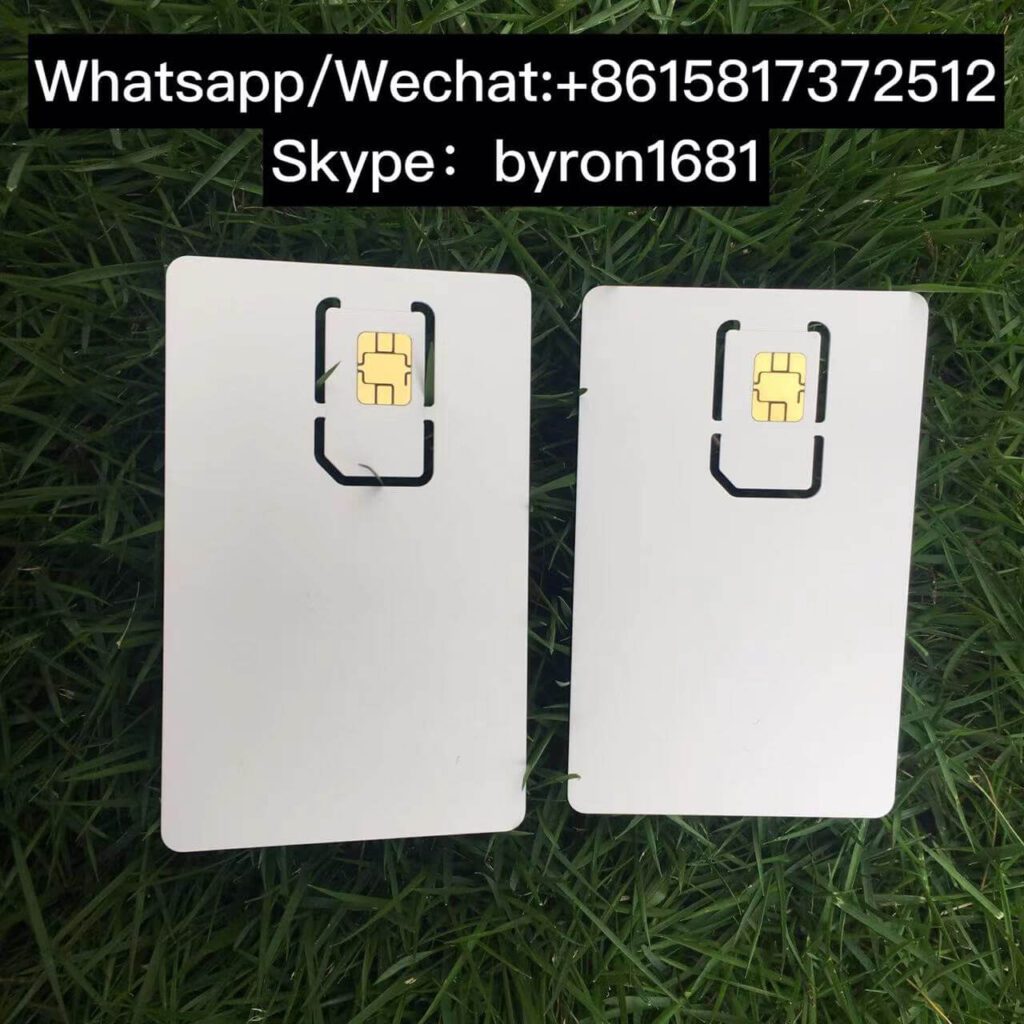HKCARD ELECTRONICS CO.,LIMITED launched a multi-band adaptive SIM card that supports 5G NSA/SA dual-mode dynamic switching, covering 30+ frequency bands worldwide, achieving millisecond-level network switching through intelligent algorithms, compatible with 3GPP Release 16 standards, and providing seamless roaming solutions for operators and IoT devices.

I. Technical challenges and industry needs of 5G NSA/SA networking standards
As the global 5G network deployment accelerates, the hybrid architecture of **non-standalone networking (NSA) and standalone networking (SA)** has become mainstream. According to GSMA statistics, 60% of operators worldwide will adopt the NSA/SA hybrid mode in 2024, but the differences in frequency band allocation in different regions (such as North America mainly uses n258/n260, and Europe focuses on n78/n79) lead to device compatibility problems1. Traditional SIM cards are limited by static frequency band configuration, making it difficult to achieve automatic switching across network standards, causing pain points such as international roaming interruption and IoT device disconnection.
2. Analysis of the core technology of HKCARD multi-band adaptive SIM card
1. Dynamic frequency band scanning and intelligent switching algorithm
Multi-band compatibility: supports 30+ global frequency bands such as Sub-6GHz (n1/n3/n28, etc.) and millimeter wave (n257/n260), covering 5G NSA (anchored 4G LTE) and SA (pure 5G core network) networking scenarios.
AI-driven switching engine: Based on the Q-Learning reinforcement learning algorithm, it analyzes signal strength, network load and delay data in real time to achieve the optimal network selection within 20ms, which improves the switching efficiency by 50% compared with traditional solutions.
2. Dual-stack fusion architecture
NSA/SA dual-mode parallel: Using time-division multiplexing technology, 4G EPS and 5G 5GC protocol stacks are run simultaneously in a single chip to ensure seamless transition from NSA to SA network.
Anti-interference optimization: Through 3D beamforming and MIMO antenna matrix, multipath interference in high-frequency band transmission is suppressed, and connection stability in dense urban areas is improved.
III. Technical advantages and industry application scenarios
1. Global operator deployment value
Reduced roaming costs: Dynamic switching technology can reduce dependence on cross-border roaming agreements. For example, African operators pre-install HKCARD SIM cards, and users automatically access the local optimal 5G network, and the tariff is reduced by 30%.
Smooth transition of network upgrade: Support OTA remote configuration updates to help operators migrate from NSA to SA in stages to avoid repeated hardware investment.
2. IoT device empowerment
Industrial Internet of Things (IIoT): In smart factories, SIM cards adaptively switch to low-latency SA networks to ensure robot arm control signals, or switch to NSA networks to transmit high-definition monitoring data, to achieve multi-service hierarchical protection.
Vehicle-to-everything (V2X): For high-speed mobile scenarios, n79 and LTE B42 are merged through frequency band aggregation technology (CA) to ensure that the communication packet loss rate is <0.1% at a vehicle speed of 100km/h.
4. HKCARD technology implementation path and certification
Hardware layer: Adopt NXP SJE series security chip, support -40℃~105℃ industrial temperature range, meet the harsh environment requirements of vehicle-mounted and outdoor equipment.
Certification system: Pass GSMA SAS-UP 3.0, GCF 5G RF consistency test, compatible with Anritsu/Keysight mainstream test equipment, shorten customer certification cycle to within 2 weeks
Best Regards
Byron
HKCARD ELECTRONICS CO.,LIMITED
Whatsapp/wechat:+8615817372512
Skype:byron1681
Email:byronhan@cardmfg.com

Leave A Comment